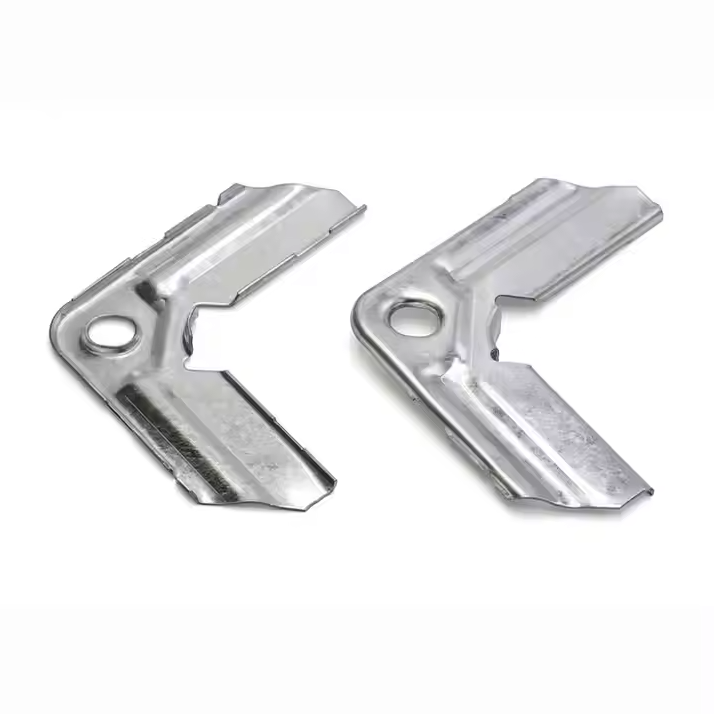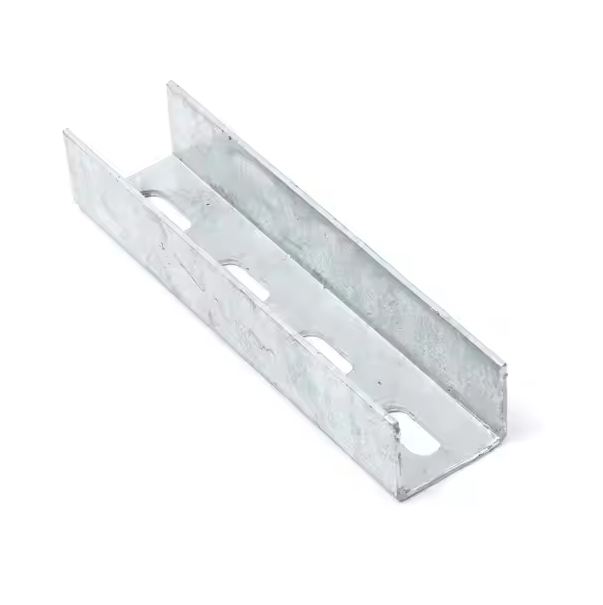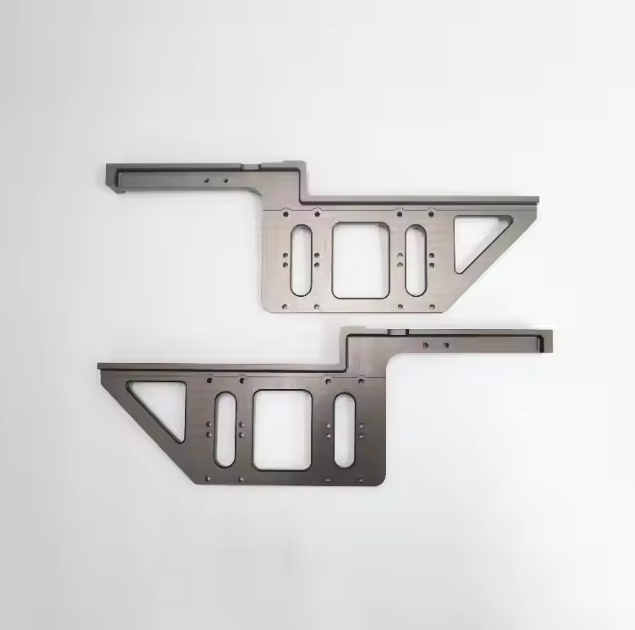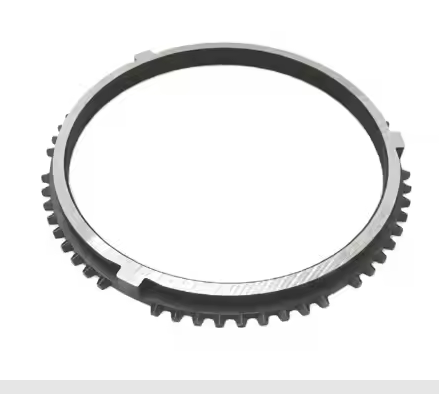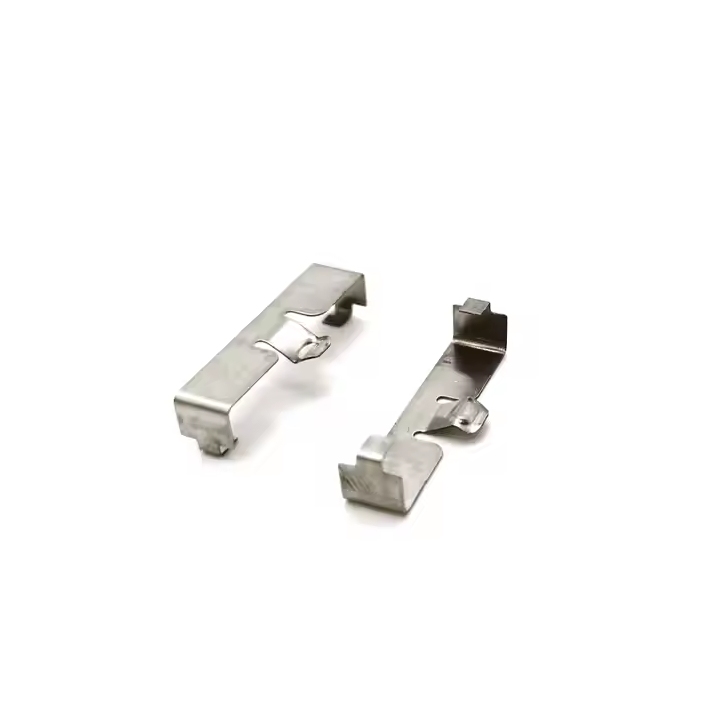Shell forming technology is widely used in the manufacture of high-precision and high-complexity metal castings. With the continuous improvement of the requirements for part accuracy and material performance in modern manufacturing, shell forming has become an indispensable manufacturing technology in many key fields due to its excellent precision control, surface quality and ability to adapt to high-temperature alloy casting.

Shell molding definition
Shell molding, also known as shell mold casting, is a precision casting process that uses high-strength ceramic materials to make casting molds to achieve precise shape and size control during the manufacturing process of metal castings.
Shell molding process steps
1. Mold making
Mainly includes three steps: wax mold making, mold wrapping, curing and drying.
2. Wax mold removal
After the solidified ceramic shell is completed, the internal wax mold is removed by heating or steaming, and a high-temperature furnace is usually used for dewaxing.
3. Metal pouring
After the wax mold is removed, the resulting ceramic shell will become the mold for casting. Next, the molten metal (such as aluminum, steel, copper alloy, etc.) is injected into the cavity of the ceramic shell to fill the final casting shape.
4. Cooling and demolding
After the metal is poured, it needs to be cooled for a certain period of time to form the casting. During the cooling process, the casting will gradually solidify to form a complete metal casting. After cooling is completed, the ceramic shell is removed to obtain the final casting.
5. Post-processing
Finally, the casting is deburred, polished, cleaned and finished to ensure the dimensional accuracy and surface quality of the casting.

Shell molding materials
The key materials for shell molding mainly include two categories: mold materials (i.e. ceramic materials) and cast metal materials. The choice of each material will affect the quality and application of the final product.
1. Mold materials
Ceramic materials: The ceramic materials used in the shell molding process are usually silica sand or bauxite powder, and the surface coating usually uses aluminum silicon (Al-Si) composite materials, inorganic adhesives and special high-temperature resistant coatings. These materials have good heat resistance, hardness and stability, and can withstand the impact of high-temperature molten metal.
Binder: Commonly used binders include gypsum, silicate, etc., which can form a dense shell when mixed with ceramic materials.
Refractory coatings: Such as aluminum silicon coatings, which can enhance the heat resistance and crack resistance of the shell mold.
2. Cast metal materials
The shell molding process can be used to cast a variety of metal materials, including:
High-temperature alloys: such as nickel-based alloys and cobalt-based alloys, which are usually used in aerospace and high-temperature environment components.
Stainless steel: used for precision parts requiring corrosion resistance and strength.
Aluminum alloys: widely used in lightweight structures and automotive parts.
Copper alloys: used to manufacture precision electrical connectors, electronic components, etc.
Advantages and Challenges of Shell Forming
Advantages
High precision and complexity: Shell forming can produce parts with complex shapes and high precision requirements, even to the micron level.
Good surface quality: The surface of shell forming castings is usually very smooth, reducing the need for post-processing.
Suitable for high-temperature alloys: It can cast high-temperature alloys to meet the requirements of high strength and high temperature resistance in aerospace and other fields.
Reduced processing volume: Due to the high precision of the casting, the subsequent processing and finishing work is reduced, thus saving time and cost.
Challenges
High material cost: The cost of ceramic materials used to make molds and their related processes is high.
Long cycle: Due to the steps of mold making and wax mold removal, the overall production cycle of shell forming is long.
Complex process: High-precision equipment and skilled technicians are required, and the production process is relatively complex and requires high control.

Application of Shell Forming
The shell forming process is widely used in many fields due to its excellent precision and surface quality, especially those industrial parts that require high strength, precision and complex shapes.
Aerospace
Turbine blades and combustion chambers: Turbine blades, combustion chambers and other high-temperature parts in aircraft engines are usually cast using shell forming.
Aerospace parts: Other aerospace parts, such as aircraft structural parts, drive shafts, avionics parts, etc., can be obtained by shell forming. Complex shapes and high precision.
Automotive industry
Engine parts: High-performance automotive parts such as cylinder heads, exhaust valve seats, turbochargers, etc. often use shell forming to ensure their high strength, high temperature resistance and precision.
Lightweight materials: Shell forming of aluminum alloys is widely used in automotive parts, helping to achieve lightweight design of automobiles and improve fuel efficiency.

Precision machinery
High-precision parts: Shell forming is suitable for the production of high-precision mechanical parts, such as precision gears, bearings, pump bodies, etc., and can achieve complex geometric shapes and high dimensional accuracy.
Tools and molds: Shell forming can be used to manufacture complex tools and molds, especially in working environments that need to withstand high temperatures and strong corrosion.
Medical devices
Surgical instruments: Medical devices that require high precision and high strength, such as surgical knives and surgical forceps, can be manufactured through the shell forming process to ensure long-term reliability.
Implants: Titanium alloy materials are used to manufacture artificial joints, dental implants, etc. The biocompatibility and corrosion resistance of titanium alloys make it widely used in the medical field.
Electronics and electrical
Connectors and connectors: High-precision metal connectors, switches, sensors and other electronic components.
Motor parts: The housing or rotor parts of some precision motors.

Shell molding is a precision casting technology widely used in high-end manufacturing fields, especially those products that require high strength, complex shapes and high precision. By adopting advanced ceramic materials and metal casting technology, shell molding can meet the high requirements of casting performance and quality in industries such as aerospace, automotive, precision machinery, and medical. Despite its long production cycle and high cost, shell molding is still an indispensable and important technology in many high-tech fields.
For metal casting, please consider Xuanmin's precise die casting services, all of which are ISO 9001:2015 certified. Our products undergo strict quality inspections at every stage from pre-production to final output.
